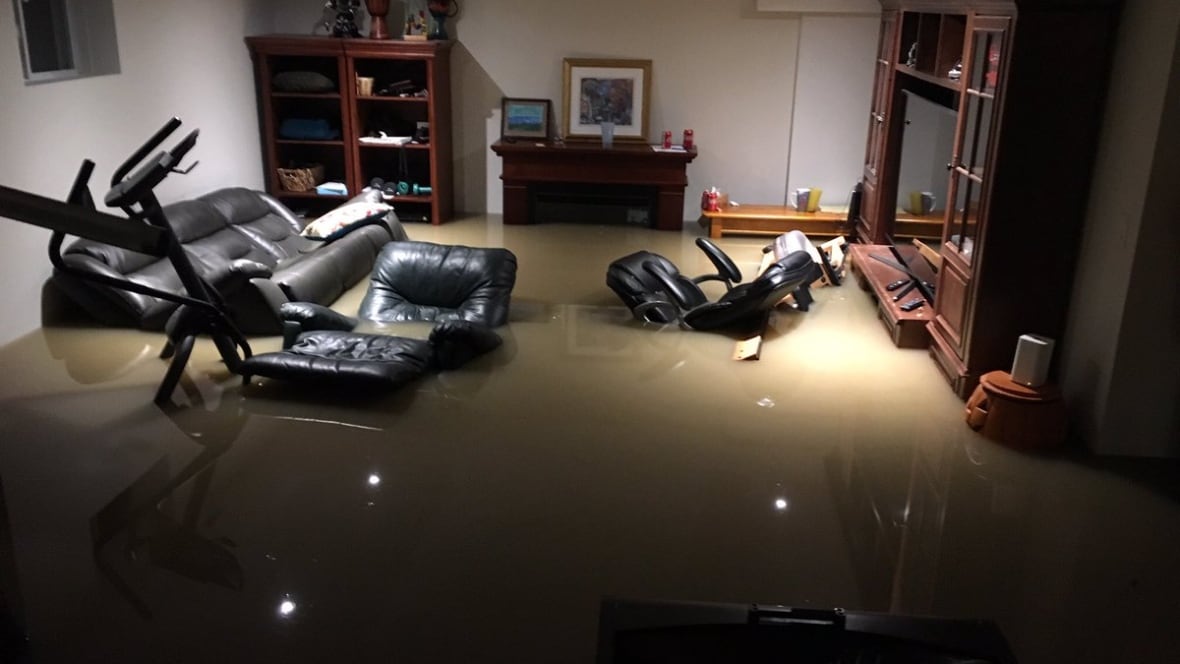Opening Hook
It was a typical Thursday morning when the fire alarm blared in a downtown Dubai office tower. Employees calmly filed out, guided by the sprinklers and illuminated exit signs. But down in the underground parking garage, the story was different. Thick smoke clung to the low ceilings, exit signs were hard to spot, and the fire’s heat spread much faster than anyone expected. For a few minutes, panic replaced order.
That incident—fortunately resolved without casualties—raises a critical question: Are underground levels truly prepared for fire emergencies?
Underground spaces like basements, parking garages, and storage areas are convenient and space-saving, but they also present unique fire safety challenges. Let’s explore why these spaces require special systems, and how the right fire safety strategies can turn a potential disaster into a controlled situation.
1. Why Underground Levels Are More Vulnerable
Unlike above-ground floors, underground levels have limited ventilation and fewer exit routes.

For instance, in an office basement, smoke has nowhere to rise—it lingers and spreads horizontally, making visibility nearly impossible within minutes.
As a result, fire safety here isn’t just about extinguishing flames—it’s about controlling smoke, maintaining breathable air, and ensuring people can escape quickly.
Read More: Best Wallpapers for Moist Basement Walls
2. Smoke Control: The First Line of Defense
Smoke, not flames, is the number one killer in fires. This is especially true below ground.
For example, many underground parking garages in Abu Dhabi use mechanical smoke extraction systems. These fans kick in automatically during a fire, pulling smoke out and pushing fresh air in.
Furthermore, advanced systems divide basements into smoke zones, so that one fire doesn’t contaminate the entire space with deadly fumes.
Read More: Timelines for Legal Basement Approvals in UAE
3. Fire Detection Systems: Early Warnings Matter
Every second counts during a fire, and early detection can make the difference between evacuation and tragedy.
In contrast to simple smoke detectors in homes, underground levels often require specialized detectors. Heat detectors, flame sensors, and air-sampling systems can identify problems even in dusty environments like storage basements.
For instance, a residential tower in Karachi fitted its underground levels with aspirating smoke detectors. These sensitive systems constantly sample the air, catching even the smallest traces of smoke long before they’re visible.
Read More: Top Pakistani Brands Offering Anti-Fungal Paints
4. Sprinkler Systems: Automatic Lifesavers
Sprinklers are not just a backup—they are often the hero of underground fire safety.
For example, in a 2021 case study of a mall fire in Lahore, sprinklers in the underground parking garage activated within 90 seconds of the blaze starting. They controlled the fire long enough for firefighters to arrive, preventing the flames from spreading upward.
As a result, well-maintained sprinkler systems can reduce fire-related deaths by up to 80%, according to global safety statistics.
Read More: Budget Gym Equipment That Fits in Tight Basement Spaces
5. Fire-Resistant Construction: Built to Withstand Heat
Beyond active systems, the very design of underground levels can save lives.
For instance, walls, ceilings, and stairwells in Dubai’s new developments are often constructed with fire-resistant concrete and steel reinforcements. This prevents the fire from weakening the structure quickly.
Furthermore, fire-rated doors and compartmentalized designs slow the spread of flames, buying occupants more time to escape.
Read More: Installing Solar Air Vents in Basements: A Bright Solution to a Hidden Problem
6. Emergency Lighting and Exit Signage
Imagine being in thick smoke underground, where visibility drops to near zero. In that moment, glowing arrows and illuminated exit signs can mean survival.
For example, one Abu Dhabi residential complex invested in photoluminescent floor strips that light up during a power outage. Even children can follow these glowing pathways to safety.
In contrast, older buildings without such systems often leave people confused during evacuations, wasting precious time.
Read More: Partitioning Open-Plan Basements Effectively
7. Fire Extinguishers and Suppression Systems
While sprinklers handle the big picture, handheld extinguishers give occupants the chance to stop small fires before they spread.

For instance, in one case, a short circuit in a basement electrical panel was quickly handled with a CO₂ extinguisher by security staff. Without it, the fire could have spread to nearby parked cars, escalating dramatically.
Furthermore, some underground levels also use foam suppression systems, which are particularly effective against fuel or oil fires in parking garages.
Read More: Basement Office Ideas – 11 Stylish Work From Home Spaces
8. Evacuation Planning: People Over Property
Even the best fire safety system is useless without a clear evacuation plan.
For example, a residential tower in Sharjah conducts yearly fire drills for all residents, including scenarios where people must evacuate from underground parking. Families practice taking the nearest stairwell, and staff rehearse guiding people with mobility issues.
As a result, when a minor basement fire actually occurred, residents evacuated calmly, proving that drills turn theory into life-saving practice.
Read More: Basement Setback Rules in DHA Lahore vs Bahria Town
9. Technology Integration: Smarter Safety
Modern underground fire safety systems are often integrated into building management systems.
For instance, when a smoke detector activates in a Dubai mall basement, the system automatically triggers sprinklers, alerts the fire department, and turns on evacuation alarms—all within seconds.
Furthermore, real-time monitoring allows security teams to see exactly where the fire started, guiding firefighters directly to the source.
Read More: How to Prevent Wall Sweating in High Humidity Areas
10. The Human Factor: Training and Awareness
Even with cutting-edge technology, human response plays a vital role.
For example, a maintenance worker in Karachi once noticed smoke coming from a basement storage room. Because he had fire safety training, he knew not to open the door fully—preventing a sudden oxygen rush that could have caused a fireball. He used the nearest extinguisher, called emergency services, and kept the situation under control until help arrived.
As a result, training staff, security, and even residents can transform ordinary people into first responders during critical moments.
Read More: Spa or Sauna in Basement: Is It Possible?
11. Lessons from Real-Life Incidents
Every underground fire teaches something new.
For instance, after a 2017 underground garage fire in Abu Dhabi damaged dozens of vehicles, regulations were tightened. New codes required better smoke extraction systems and more frequent equipment inspections.
In contrast, older basements in South Asian cities often lack modern systems, highlighting the need for retrofitting projects that bring them up to international safety standards.
Read More: Energy Efficient Lighting Ideas for Pakistani Basements
Closing: Building Safety from the Ground Up
Underground levels offer practical solutions for crowded cities—more parking, more storage, and more usable space. But as Maria’s story and countless real-life cases show, they also come with hidden dangers. Fires below ground spread quickly, smoke builds rapidly, and escape routes are harder to navigate.
The good news is that we already have the tools to address these risks: smoke extraction systems, advanced detectors, sprinklers, fire-resistant materials, and clear evacuation plans. Add to that the human element—training, awareness, and regular drills—and underground spaces can be as safe as, if not safer than, above-ground areas.
So the next time you drive into a basement parking garage or store something in your building’s lower levels, take a moment to notice the sprinklers above, the glowing exit signs, and the extinguishers nearby. They’re not just safety features—they’re lifelines, quietly standing guard.
Because when it comes to fire safety underground, preparation is everything.
🏗️ Basement Project Calculator
Latest Post
-
Basement Ceiling Ideas Hide Ductwork Smartly
Opening Hook Imagine walking into your basement in Boise, Idaho—where the ceiling is so low that you brush your head on the joists—and noticing a sleek, well-designed backdrop above you instead of exposed ductwork and pipes. That difference, thanks to smart basement ceiling ideas, transforms a cramped, unfinished area into a welcoming space for movie…
-
أفكار رائعة لأرضيات رخيصة في دبي | أفضل ٢٠ خيارًا
تخيل زوجين شابين في شقة مريحة في مرسى دبي، يخطوان حافيي القدمين على أرضية أنيقة بلمسة خشبية. غرفة المعيشة تتلألأ بضوء مسائي خافت، والأرضية تحتها لا تزال تبدو جديدة تمامًا رغم سنوات من الاستخدام – وكل هذا بميزانية محدودة. هذه هي قوة اختيار أرضيات جميلة ورخيصة في دبي: الأناقة والتوفير في آن واحد. التركيز على…
-
Beautiful Cheap Flooring Ideas in Dubai | Top 20 Picks
Imagine a young couple in a cosy apartment in Dubai Marina, stepping barefoot onto a sleek, wood-look floor. The living room glows with soft evening light, the flooring beneath still looks brand-new despite years of use—and all this on a budget. That’s the power of choosing beautiful, cheap flooring in Dubai: style and savings in…



